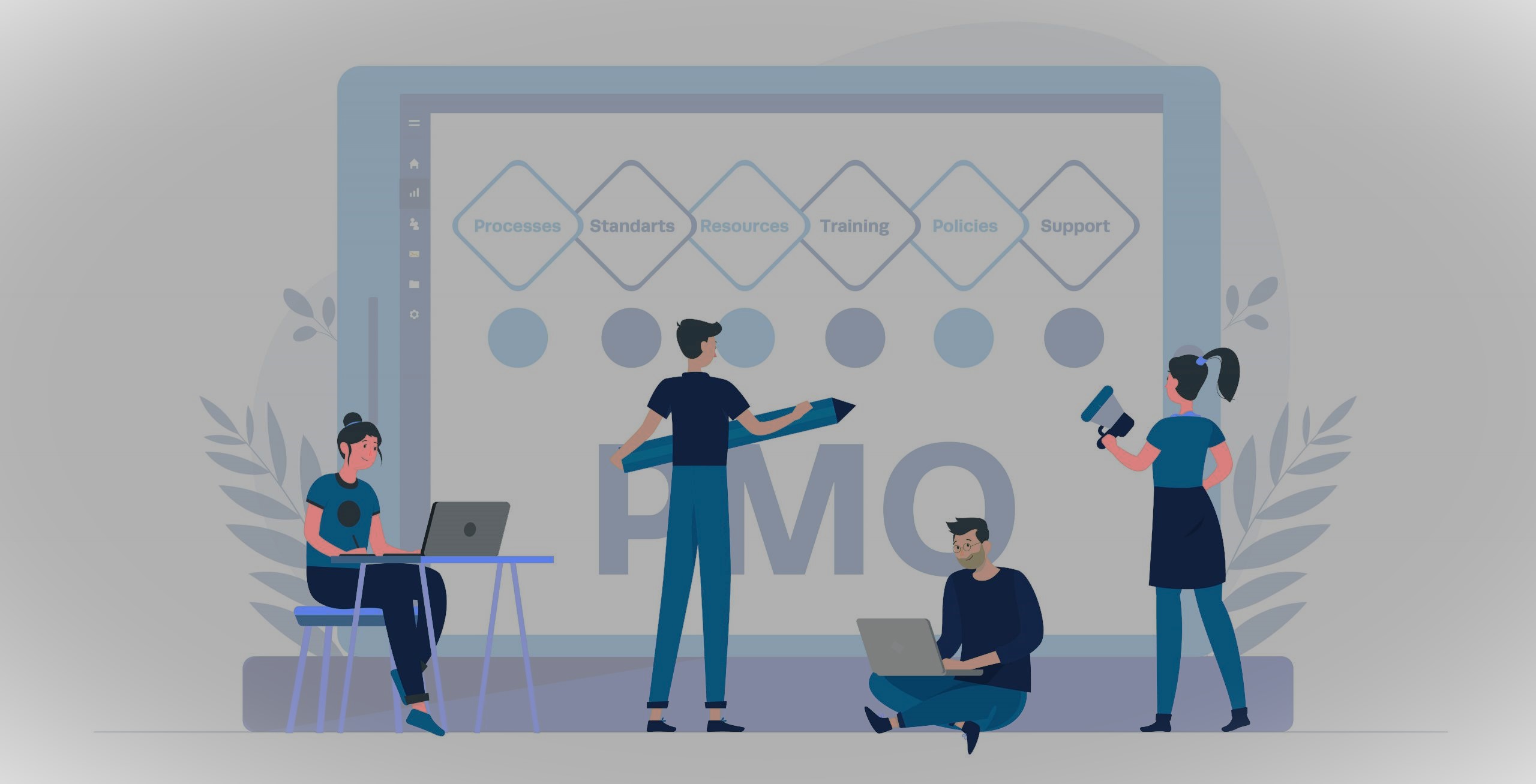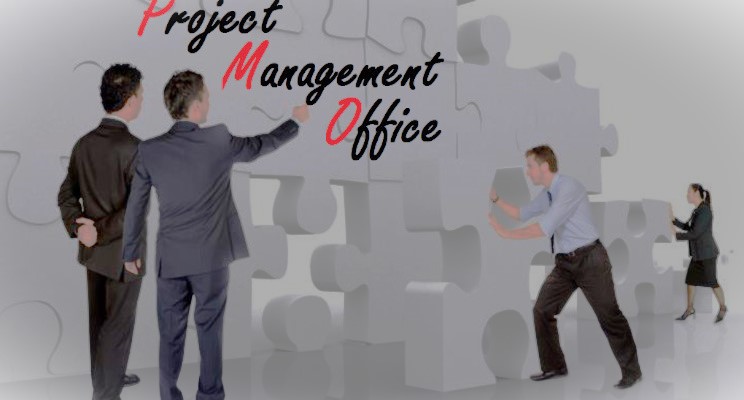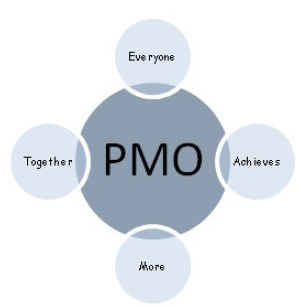I wonder how many of our PM leadership have joined and shared their lessons learned with their colleagues outside their home offices! We can get more help by sharing our expertise on the use of collaborative tools, proven techniques, and advanced processes in our environment!

We all have heard about the key roles of PMO such as the use of unified processes (frameworks, methods, etc.), policies, governance, tools, and techniques. Merging various tools and practices helps our organizations in many ways, including reduced cost of operation and/or ownership of tools, among many other benefits. As a center of excellence, supporting our healthy portfolio depends on our centralized and standardized collection of project management (PM) toolsets within the organization.
 Resource management, continuous training, creating trusting and commitment-based leadership, coaching and mentoring PM leaders, building visibility to reporting and PM governance, and continuous improvement would create a sustainable center of excellence!
Resource management, continuous training, creating trusting and commitment-based leadership, coaching and mentoring PM leaders, building visibility to reporting and PM governance, and continuous improvement would create a sustainable center of excellence!
 One of my colleagues has written a short blog called “Advice for Program Managers, 5-PMO Role” which mentions the requirements for modern Program Managers’ insights, knowledge, and specialized skills. Look deeper into his series of suggestions/blogs. I think the PMO role depends on the maturity of the organization, which has a direct impact on PMO leaders’ maturity and inclusive thinking and conduct!
One of my colleagues has written a short blog called “Advice for Program Managers, 5-PMO Role” which mentions the requirements for modern Program Managers’ insights, knowledge, and specialized skills. Look deeper into his series of suggestions/blogs. I think the PMO role depends on the maturity of the organization, which has a direct impact on PMO leaders’ maturity and inclusive thinking and conduct!
Portfolio management, unified and visible governance, integrated tools/techniques/methods, and supporting organization structure require Agile mindset to learn from our collective bodies, and adapt to needed changes to stay ahead of the competition! Improving organizational missions and creating a center of excellence involves constant attention to training members and building an Agile operating system of sustainable and continuous “inspect, exercise, advance, and adapt”. PMO leaders progressively improve the organization’s ability to deliver successful products by creating an evolving system of leadership development.
 In general, the state of any PMO depends on the effectiveness of the existing PMO, the growth and adoption of emerging trends, enhanced efficiency, skills adaption, maturity and advances of their governance, support level of their body of leadership, and continuity in strategic growth of the organization. These are the topics we are communicating and learn from each other at our monthly PMO meetings!
In general, the state of any PMO depends on the effectiveness of the existing PMO, the growth and adoption of emerging trends, enhanced efficiency, skills adaption, maturity and advances of their governance, support level of their body of leadership, and continuity in strategic growth of the organization. These are the topics we are communicating and learn from each other at our monthly PMO meetings!
As my last point and with what we know about PMO and its leadership to create a sustainable and evolving organization, what would be the applications of Agile mindset, or rather at least various Agile frameworks, tools, techniques, and certificate bodies? Some argue that the principles of Agile and Structured (PM) management are in contrast! What do you think? Why do many of our senior (PM/organizational) leaders react to any change so sharply? Yes, I know that any change is hard, yet we are facing an ever-changing world!
A handful of topics shared among our PMO meetings at the PMI Silicon Valley chapter are:
- Creating a PMO Body Of Knowledge (BOK), Working Group, and its building process.
- Enterprise use of Agile (i.e. Scrum of Scrum, SAFe, S@S, DAD, etc.)
- How to set up (a functional, IT, finance) PMO, and possible steps and techniques?
- How does Artificial Intelligence (AI – i.e. ChatGPT) help us to accomplish PMO tasks?
- Corp-to-Corp, Contracting, Rates, Clauses/Conditions for Project/Program works.
- Agile, waterfall, and hybrid frameworks and their use in various environments!
What is your urgent topic among your PM leadership? Would you want to share and learn from each other? Visit https://pmisv.org/calendar and join us!
